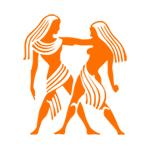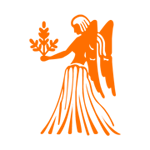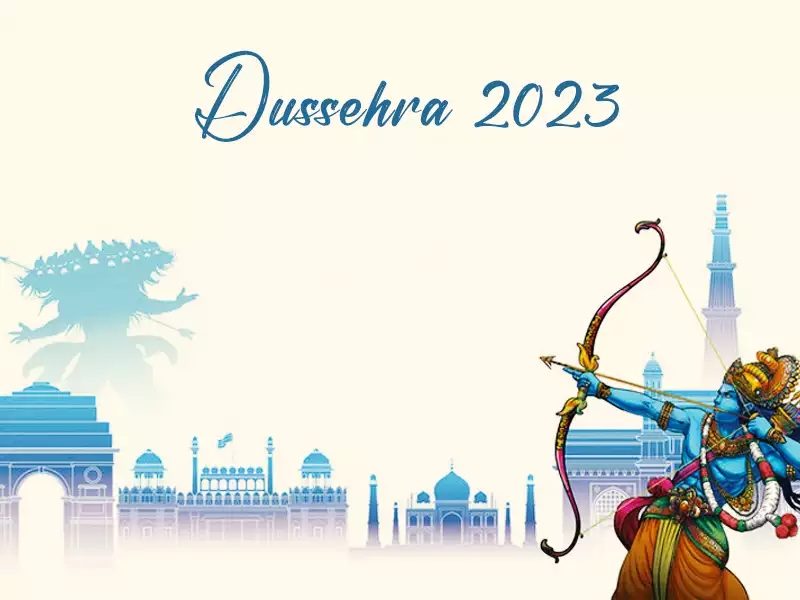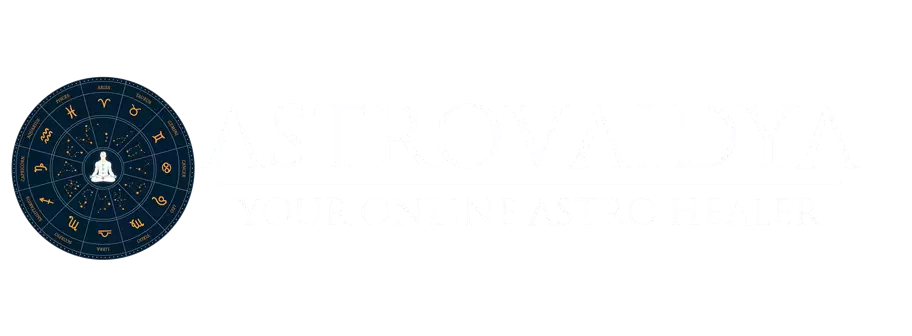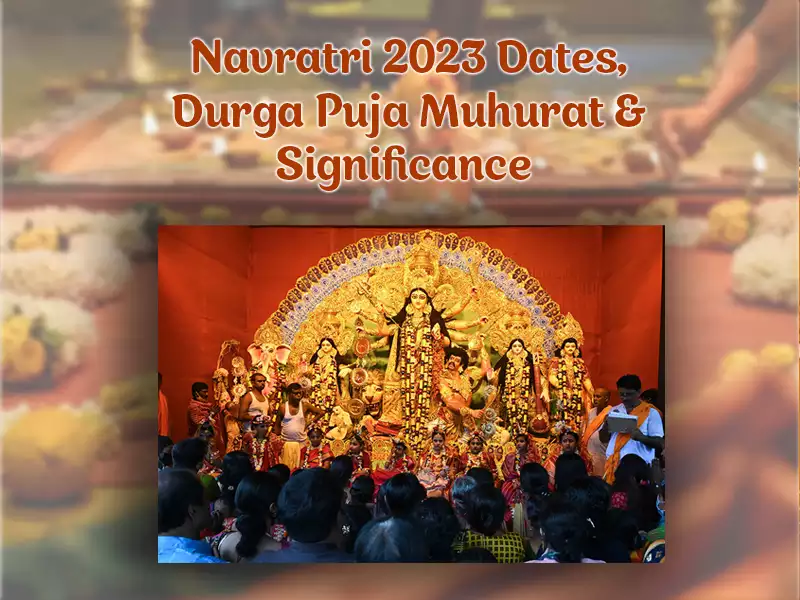
Navratri 2023 Dates, Durga Puja Muhurat & Significance
Navratri, a nine-day Hindu festival, reveres the divine Goddess Durga. Each day of Navaratri is dedicated to a unique incarnation of Durga, known as the universal protector, safeguarding lives from malevolent forces. This festival is celebrated five times annually in accordance with Hindu traditions, with devotees engaging in Durga puja and wishing for a life enriched with compassion, wisdom, and prosperity. The nine forms of Maa Durga are as follows:
- Maa Shailputri
- Maa Brahmacharini
- Maa Chandraghata
- Maa Kushmanda
- Maa Skand Mata
- Maa Katyayani
- Maa Kaalratri
- Maa Mahagauri
- Maa Siddhidatri
Among these Navratris, Sharad Navratri is celebrated with grandeur across Hindu communities. The other four Navratris hold regional significance. Following Sharad Navratri, Chaitra Navratri holds significance in certain regions, marked by religious events and festivities. On the other hand, Chaitra Navratri sees social gatherings and fairs centered around Shakti Peethas and sacred sites.
The remaining three Navratri, namely Gupt Navratri (Magh Gupt Navratri, Ashadha Gupt Navratri, and Paush Gupt Navratri), are observed by a select few and are associated with occult practices. Among these, Paush Navaratri is less known.
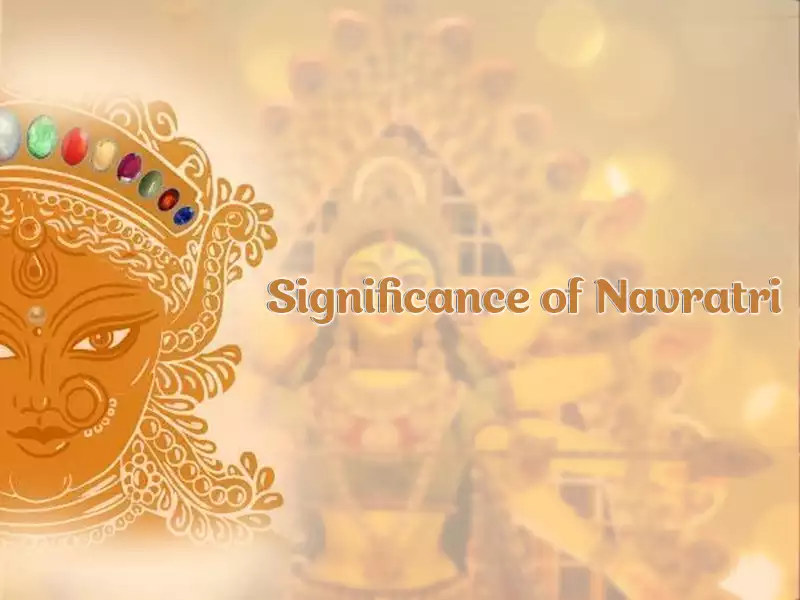
Significance of Navratri
The term “Navratri” originates from “Nav” (nine) and “Ratri” (night), signifying nine nights. Celebrated with enthusiasm across India, it holds special prominence in Gujarat, West Bengal, and Delhi. Devotees express gratitude towards Maa Durga through puja, seeking her blessings for good health, life, and spirit. The tenth day, known as Dussehra or Vijayadashmi, marks the victory of Lord Ram over King Ravana.
Navratri is of great significance in Hinduism as it symbolizes the victory of good over evil. These nine sacred days prohibit the consumption of alcohol, meat, onion, and garlic. Devotees abstain from unlawful activities, engage in ceremonies, rituals, and yagnas, and follow spiritual practices.
Navratri Celebrations
Navratri is celebrated zealously throughout India during the Ashvin month of the Hindu calendar. The idol of Maa Durga is worshipped in various forms for nine consecutive days, culminating with immersion in water on the tenth day. Devotees seek a good life, mental clarity, and physical well-being, performing puja rituals each day, representing a specific incarnation of Goddess Durga.
Here's a depiction of the significance of each day and the associated goddess
- Day 1: Shailputri – Red color representing courage.
- Day 2: Brahmacharini – Blue color denoting calmness and positivity.
- Day 3: Chandraghata – Yellow color symbolizing bravery.
- Day 4: Kushmanda – Green color representing vegetation and greenery.
- Day 5: Skandmata – Grey color depicting strength.
- Day 6: Katyayani – Orange color signifying courage.
- Day 7: Kalratri – White color representing purity.
- Day 8: Mahagauri – Pink color symbolizing positivity.
- Day 9: Siddhidatri – Four-armed goddess symbolizing various siddhis.
Mythological Background of Navratri
Two prominent stories surround Navratri. One revolves around the triumph of good over evil through the demise of the demon Mahishasura at the hands of Goddess Durga. Another tale centers on Lord Rama’s worship of Devi Bhagwati for nine days before achieving victory over Ravana on the tenth day.
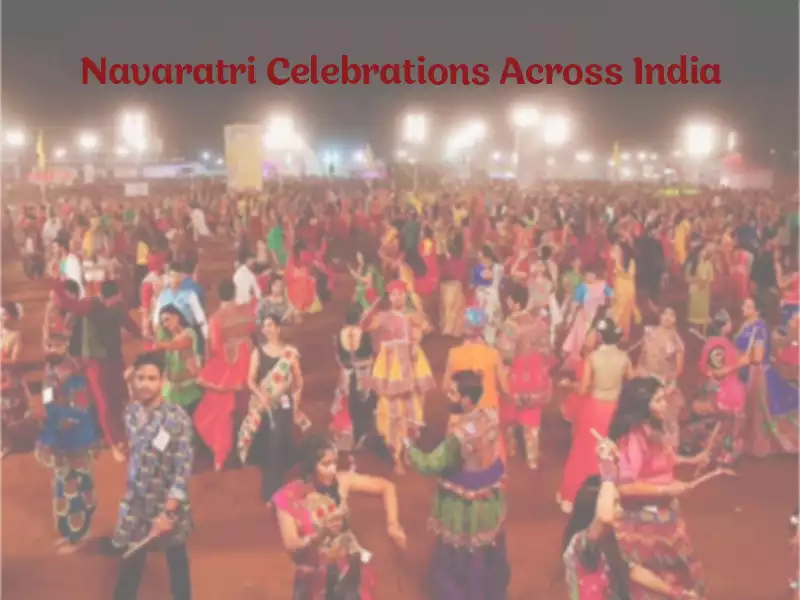
Navaratri Celebrations Across India
Navratri festivities are vibrant and diverse across India. West Bengal hosts elaborate pandals adorned with Goddess Durga’s images. In Gujarat, people fast, perform the Garba dance, and celebrate with fervor. In UP and Delhi, Ramlila performances mark the occasion, culminating in effigy burning. Bihar witnesses local temple celebrations, and fairs, and Sitamarhi showcases various crafts.
Navratri Puja Ingredients and Vidhi
Navratri puja involves rituals like urn installation (Ghatasthapana), daily puja, chanting of Maa Durga Mantras, inviting girls representing goddesses, and immersion of the urn. The puja requires specific items, including an idol or picture of Goddess Durga, clay pot, barley seeds, coconut, sacred thread (Moli), and more.
AstroVaidya extends its wishes for a prosperous Navratri and Vijayadashami.




